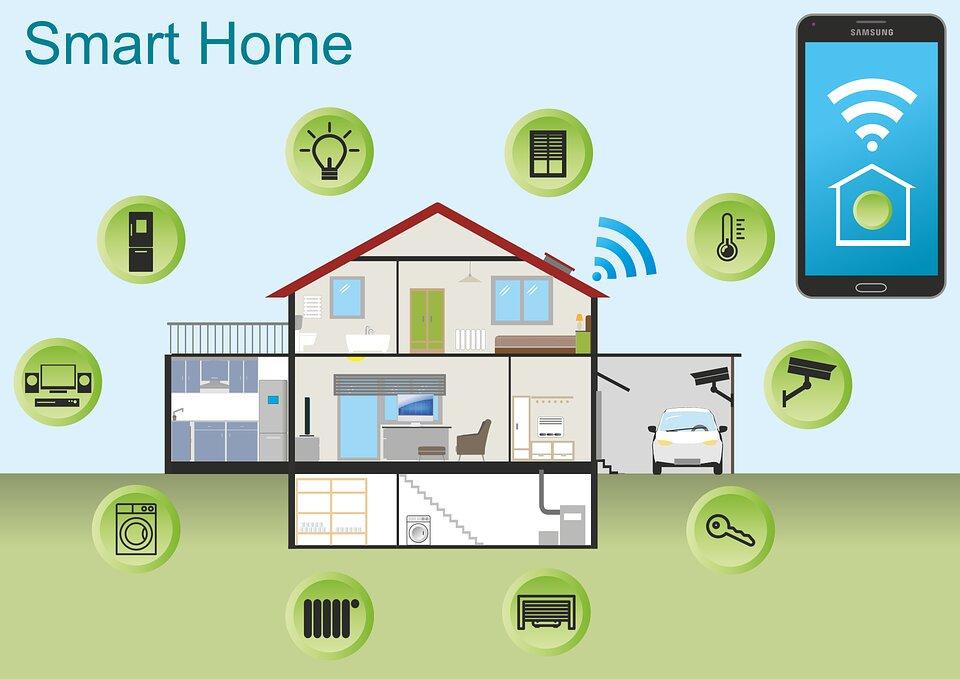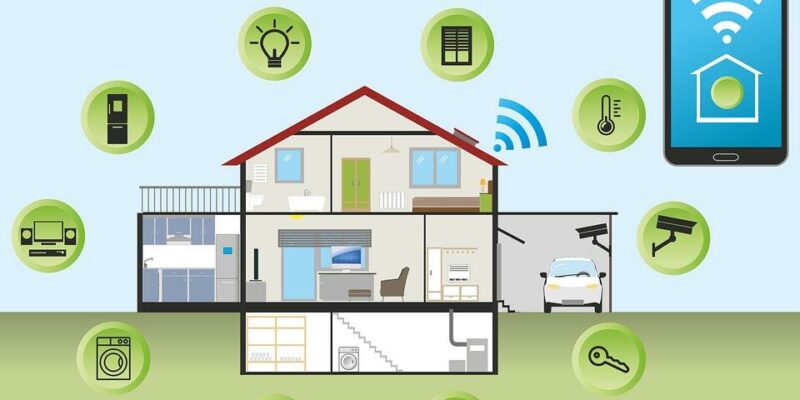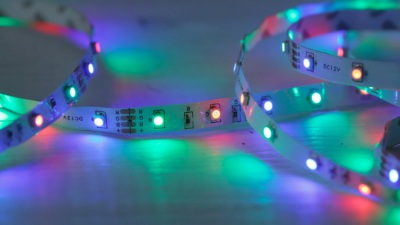Having a ‘smart home’ can make your daily life a lot easier and more convenient. The smart home industry has grown exponentially over the past years and is expected to affect about a third of U.S. citizens by 2026. By that year, analysts project the industry to reach more than $60 billion in revenue. If these numbers are any indicator, smart homes are no longer a luxury but rather a commodity. In other words, you can convert your house/apartment into a smart home with a limited budget. In this article, we’ll get into detail about what smart homes are and how you can set up your home into a smart living environment without overspending.
What is a Smart Home? 
A smart home is an automated home system with smart appliances and other household devices you can control remotely. To control your devices you need three things: an automation hub, a wireless network, and compatible devices. An internet connection is necessary to have all-around access to the basic functions of your devices.
Smart Household Devices
Smart devices are appliances that are compatible with a smart system setup. These devices are interconnected via a smart hub. This is the central command module from which you can remotely command-specific devices to perform certain functions. The automation hub can include a range of devices from which you distribute commands. You can program your smartphone, tablet, or laptop to perform commands, or even use smart speakers like Siri, Alexa, or Google Assistant. The automation hub is the heart of your smart home, but you would also require appliances and devices able to be controlled remotely. The type of devices you control can encompass a variety of household items. On the entertainment side, you can easily fix a smart stereo system and TV which you can command from your smart hub or issue voice commands. Almost any (compatible) electronic device can be programmed to perform remote commands. Some of the devices you can control via your smart hub include smart locks, security cameras, thermostats, lighting, sprinklers, refrigerator, air conditioning, and even smart showers. Even if you are on a budget, you can still buy and integrate many of the aforementioned appliances into your smart system.
Pros & Cons of Smart Homes
Pros
With a smart home, you get a quick handle on the various technologies in your house – from TV and microwave to lights and sprinklers. The main benefit of smart systems is that you can consolidate control of essential appliances/devices rather than control each device manually. Many smart devices have in-build machine learning technology that can learn to adapt to your habits and automatically perform given tasks. Also, depending on your habits of using specific appliances, a smart home can be highly energy efficient. While this is not always the case, you can use your automation hub to your benefit to cut down on unnecessary power usage. Of course, the affordability of emerging smart devices is another major perk of smart homes.
Cons
Installing a smart home has plenty of benefits but there are also a few downsides we should mention. Using basic Wi-Fi will almost certainly slow down your internet, so you’ll need a faster connection with more broadband. Security and privacy issues related to smart home setups are also something you should be aware of. Due to being almost entirely software-based, unsecured smart home systems can be vulnerable to hacks, although these are relatively rare. Like all electronic devices, smart system technologies are prone to defects, which may lead to costly repairs.
Getting Started With Your Smart Home on a Budget
The type of smart home system setup you need depends entirely on your daily habits. It’s best to start investing in smart appliances you use most throughout the day, such as your TV or thermostat. But security should be a priority, which is why replacing your ordinary with smart locks would be a good starting point. Some budget-friendly smart locks can cost between $80 to up to $400, and even more, depending on their features and installation costs. Experts would agree that installing a smart video surveillance system is a worthwhile investment. Depending on your budget, you can have a basic smart home system for anywhere between $100 and $500. If your appliances are already compatible, you can purchase a smart hub like Google’s second-generation Nest Hub (costs up to $100). Amazon’s EcoShow 5 smart display is also a cost-efficient alternative and you can purchase it for between $50 and $100.
Are Smart Homes Worth it?
With a $500 budget, you can build a decent, functioning smart setup. Creating a basic setup lays the foundation for upgrading it later on without excessive spending. Starting small and gradually building your house into a smart ecosystem is something worth thinking about. Despite some of the negatives of these high-tech-based systems, the benefits – such as being time- and energy-efficient – far outweigh the downsides.













[…] Sprinkler Controller: Switching to a smart home could cover your outside area, too. A smart sprinkler can collect internet data to schedule its […]
[…] idea of setting up a smart home is increasingly popular. With the rise of voice assistants, automated devices, and other connected […]